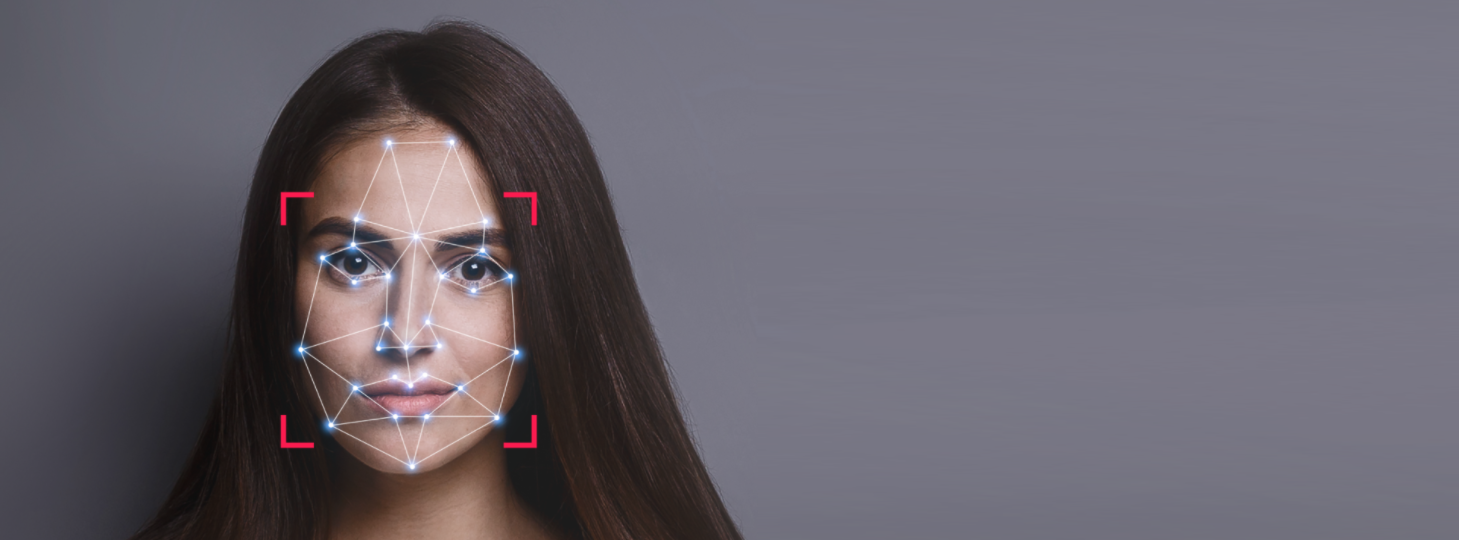
LinkedIn connections: Real or not?
March 31, 2022
Hong Kong LinkedIn Consultant Steve Bruce has posted “Fake Profiles & Fake Connection Requests are a Growing Problem on LinkedIn“
Researchers at Stanford Internet Observatory have revealed a network of 1,000+ LinkedIn profiles from 70+ companies that are using Ai computer-generated images with fake pictures and details.
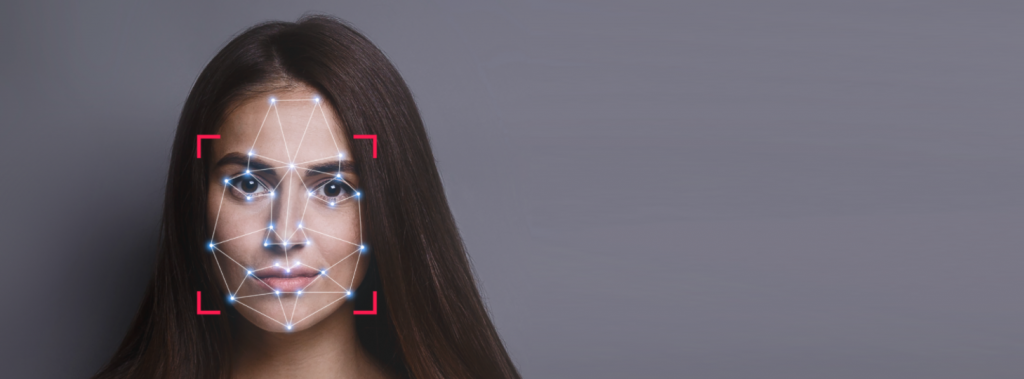
This emphasises the necessity for selectivity in accepting connection requests.
LinkedIn launched in 2003. Very soon after, some individuals published their email address and number of first level connections after their name, which enabled anyone to send a connection request to be automatically accepted, as the person was an Linked In Open Networkers (LiON).
LinkedIn is an exceptionally valuable tool with the original concept of a network of professionals making referrals exclusively from current / former colleagues to prospective employers / clients. How this is approached is subject to personal preference, however, LiONs were subverting the personal validation model.
For years, I actively worked to maintain the number of my first level connections to below 499, as I considered that having ‘500+ connections’ somehow categorised me along with promiscuous LiONs with their vast and essentially meaningless networks. Over decades I was not able to practically maintain this conceit, but I have endeavoured to ensure that my first level connections are meaningful and people with whom I have (or can) collaborate on projects.
For anyone in recruitment, having as many first level connections as possible, naturally increases the spread of your network, and increases the potential to find precisely the right candidate for a role. With 260 million people* in over 100 countries at the time, that was a phenomenal reach. *(as of February 2022, there were 810 million profiles).
Humans have a primal desire to collect (as is clearly explained in John Naish’s insightful book “Enough”), and so some people are purely interested in numbers for the perceived cachet of being ‘popular’, or for the financial benefit of monetising these connections.
On more than one occasion, a personal acquaintance asked for a professional reference. As I had not collaborated in any work / project environment with these people, I politely explained that I was happy to attest to their character, but could not extend this to a professional referral. In one case, the request came from a young person who had successively changed jobs no less frequently than every twelve months! How could I put my reputation behind vouching for a person who would likely leave their new employer within a year?
In 2004, a futurist I contacted, said he would only connect after we had met in person. Consequently, I coined the acronym LAM for “Link After Meeting”, and posed the question “Are you a LiON or a LAM(b)?”
We all receive connection requests from people we have not met. Some are legitimately friends of friends who are able to mutually benefit from the connection. Some are people starting out on careers and wishing to interact and learn. Others are casually or cynically looking to benefit with the merest of motivations.
Today, in addition to connection requests from people intent on capitalising on your network without any valid contribution, there are these fake identities spamming us with requests. In both cases, the response should be to deny the connection AND also aid LinkedIn to identify these spammers by clicking “I do not know this person“.
Your legitimate network is devalued if you do otherwise.
From Our Clients


Foodbank has experienced unprecedented growth .. there is no doubt that the new Foodbank website, designed, built and maintained pro bono by Digital Tsunami, has been the principle tool in lifting Foodbank's profile. It is because our website is so engaging, that we have captured these donations. Foodbank just wouldn't be where we are today without Digital Tsunami.
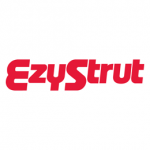

We have been a client of Digital Tsunami now for a number of years.
As an ASX listed company, we seek reliability with our suppliers. Digital Tsunami have proven they are reliable and trustworthy multiple times.
We host multiple websites and services through them, and use them for technical and creative work.
There has never been an issue, they are always on top of all technical details, and simply provide the best possible solution around a given budget, and get things right first time. Clearly they have excellent quality controls and that shows in their services.
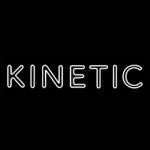

It is clear from the enthusiasm and professionalism shown, that Digital Tsunami views each client as a long term partner contributing ideas above and beyond the development of the site and we look forward to involving them in future marketing initiatives.
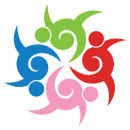

Andrew and the team at Digital Tsunami are an absolute joy to work with, going above and beyond to design and host an amazing website for Cameragal Montessori School. Their work has led to an increase in enrolments and greater visibility within the community. They are always quick to make suggestions for improvement and implement changes - the embodiment of great customer service.
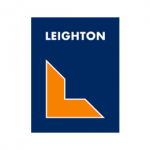

Digital Tsunami’s work for Leighton International has been of an extremely high quality, highly responsive and flexible in approach. Andrew and his team worked with us to understand our needs and find the most appropriate solutions.